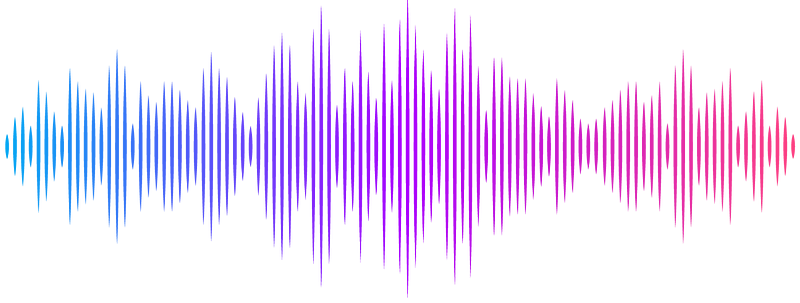Prompt and Conventional High-Energy Muon Spectra from a full Monte Carlo Simulation via $\texttt{CORSIKA7}$

Prompt and Conventional High-Energy Muon Spectra from a full Monte Carlo Simulation via $\texttt{CORSIKA7}$
Ludwig Neste, Pascal Gutjahr, Mirco Hünnefeld, Jean-Marco Alameddine, Wolfgang Rhode, Julia Becker Tjus, Felix Riehn, Kevin Kröninger, Johannes Albrecht
AbstractExtensive air showers produce high-energy muons that can be utilized to probe hadronic interaction models in cosmic ray interactions. Most muons originate from pion and kaon decays, called $\textit{conventional}$ muons, while a smaller fraction, referred to as $\textit{prompt}$ muons, arises from the decay of heavier, short-lived hadrons. The $\texttt{EHISTORY}$ option of the air shower simulation tool $\texttt{CORSIKA7}$ is used in this work to investigate the prompt and conventional muon flux in the energy range of 100 TeV to 100 PeV, utilizing the newly developed open-source python software $\texttt{PANAMA}$. Identifying the muon parent particles allows for scaling the contribution of prompt particles, which can be leveraged by future experimental analyses to measure the normalization of the prompt muon flux. Obtained prompt muon spectra from $\texttt{CORSIKA7}$ are compared to $\texttt{MCEq}$ results. The relevance to large-volume neutrino detectors, such as IceCube and KM3NeT, and the connection to hadronic interaction models is discussed.